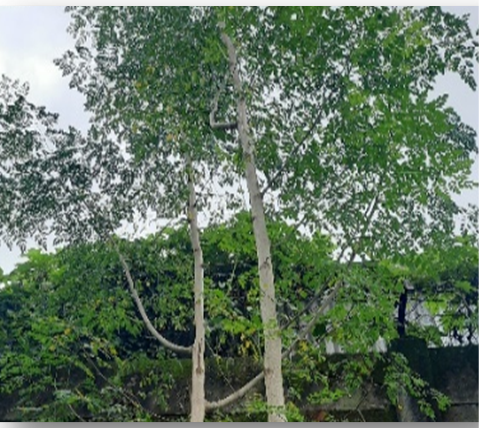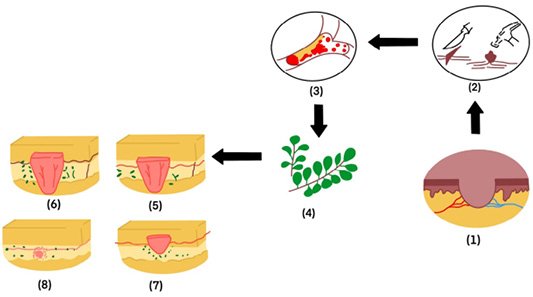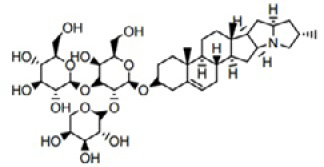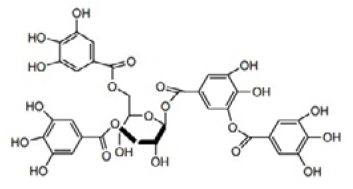The Effect of Herbal Spray Extract of Moringa Leaves (Moringa oleifera Lam) and Betel Leaves (Piper betle Linn) to Wounds in Dairy Cattle
The Effect of Herbal Spray Extract of Moringa Leaves (Moringa oleifera Lam) and Betel Leaves (Piper betle Linn) to Wounds in Dairy Cattle
Syarifah Nurul Waqiah1, Ratmawati Malaka2*, Ambo Ako2, Sadam Suliman Mohamed Yousof3, Hanif Uzwa Hasanah Sudirman4
Moringa plant.
Betel plant.
Herbal spray from moringa leaves and betel leaves.
Figure (A) shows the condition of the wound of a dairy cow before being given an herbal spray from Moringa leaf extract and betel leaf extract, while Figure (B) shows the wound condition of a dairy cow after being treated using the herbal spray from Moringa leaf extract and betel leaf extract.
Wound area calculation graph; P0U1: Treatment 0 Replication 1; P0U2: Treatment 0 Replication 2; P0U3: Treatment 0 Replication 3; P0U4: Treatment 0 Replication 4; P0U5: Treatment 0 Replication 5; P1U1: Treatment 1 Replication 1; P1U2: Treatment 1 Replication 2; P1U3: Treatment 1 Replication 3; P1U4: Treatment 1 Replication 4; P1U5: Treatment 1 Replication 5; P2U1: Treatment 2 Replication 1; P2U2: Treatment 2 Replication 2; P2U3: Treatment 2 Replication 3; P2U4: Treatment 2 Replication 4; P2U5: Treatment 2 Replication 5; P3U1: Treatment 3 Replication 1; P3U2: Treatment 3 Replication 2; P3U3: Treatment 3 Replication 3; P3U4: Treatment 3 Replication 4; P3U5: Treatment 3 Replication 5.
Wound healing process (Waqiah et al., 2023); The process of wound formation in livestock that occurs in the skin layers (1) Wounds caused by sharp or blunt trauma (2) Wounds that result in ruptured blood vessels (3) Wounds can be cured with alternative treatments using extracts from moringa and betel leaves (4) Healing The wound is divided into several phases, the first of which is hemostasis in the process of spontaneously stopping bleeding from damaged blood vessels, in this case the function of tannins in moringa and betel leaves can accelerate the cessation of bleeding in wounds (5)The next phase is inflammatory, the body’s natural immune reaction to fight various diseases or harmful microorganisms. In this case, the function of saponins in Moringa and betel leaves can fight microorganisms in the wound (6). The next phase is proliferation, when the wound is rebuilt with new collagen and extracellular matrix tissue. In the proliferative phase, the wound contracts as new tissue forms (7). The final stage of wound healing is strengthening newly formed tissue or the maturation process. In this phase, the scar is entirely covered by a new layer of skin (8).
Using herbal sprays of Moringa leaf extract and betel leaf on injured dairy cows by spraying them on the wound to speed up wound healing.
Structure of saponins (Rustamadji, 2004).
Tannin structure (Rustamadji, 2004).
Structure of flavonoids (Rustamadji, 2004).

















